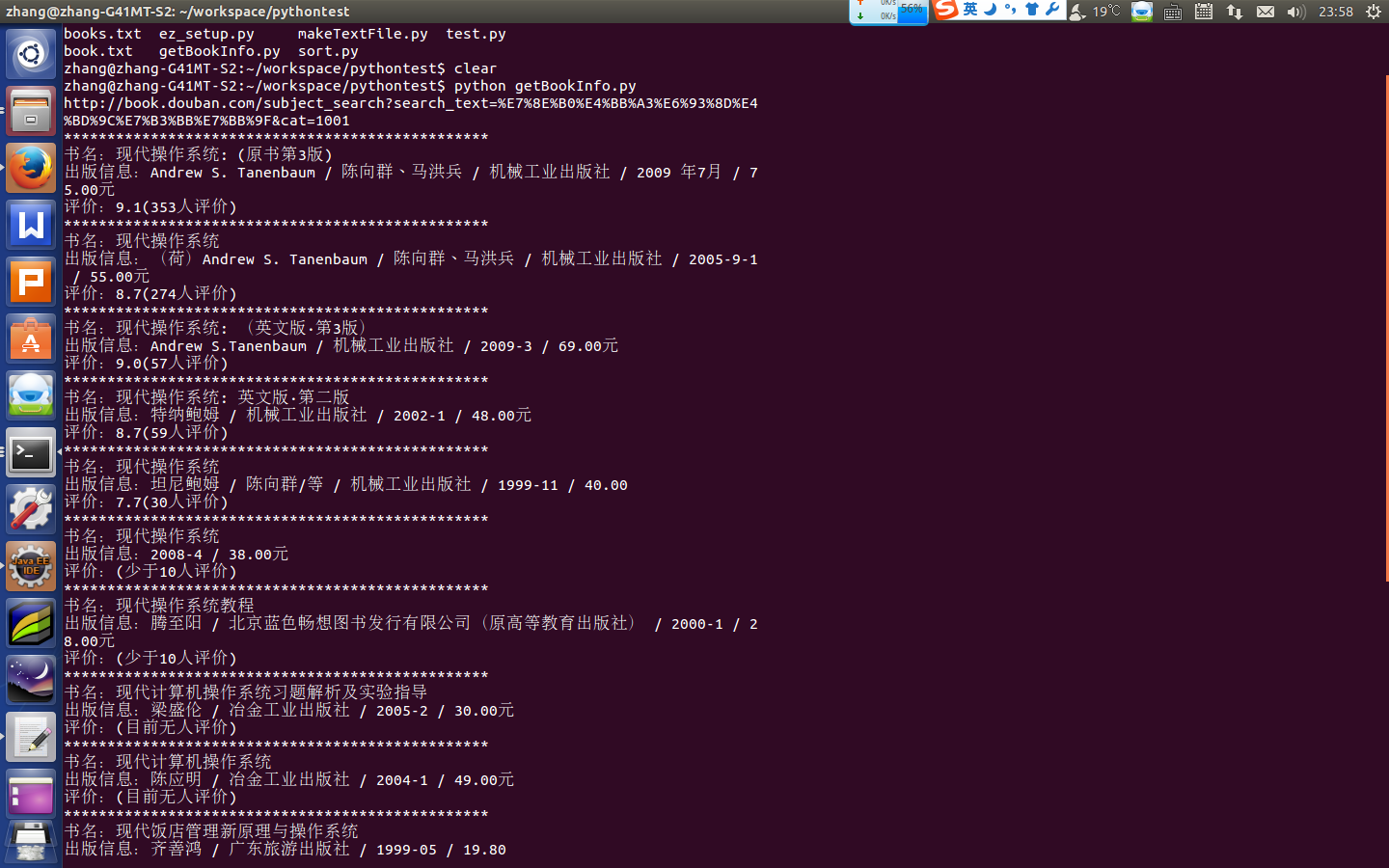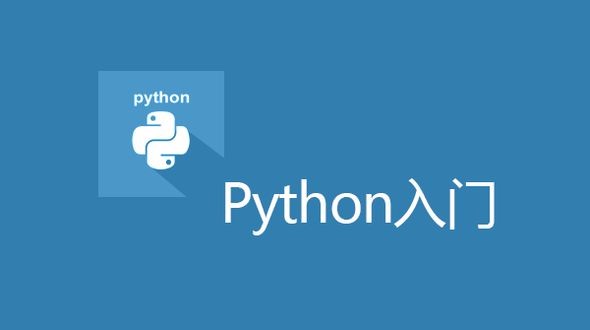Home >Backend Development >Python Tutorial >Summary of isinstance function definition and usage
Summary of isinstance function definition and usage
- 零下一度Original
- 2017-06-12 13:13:493831browse
English documentation: isinstance(object, classinfo)Return true if the object argument is an instance of the classinfo argument, or of a (direct, indirect or virtual) subclass thereof. If object is not an object of the given type, the function always returns false. If classinfo is a tuple of type objects (or recursively, other such tuples), return true if object is an instance of any of the types. If classinfo is n
1 . Detailed introduction to Python’s built-in isinstance function

##Introduction: This article explains in detail the built-in isinstance function in Python Detailed introduction
2. Python __builtins__ module gleaning

Introduction: isinstance function: In addition to taking a type as a parameter, you can also take a type tuple as a parameter.
3. Please use isinstance() to determine the variable type in Python
Introduction: This article mainly introduces In Python, please use isinstance() to determine the variable type. This article first gives an example of the isinstance function to determine the variable type, and explains the difference between isinstance and type. Friends who need it can refer to it
4. Introduction to Python isinstance function
#Introduction: This article mainly introduces the introduction of Python isinstance function. This article uses examples to explain whether a variable is a certain A specified type, friends who need it can refer to the following
[Related Q&A recommendations]:
Questions about the python isinstance function
The above is the detailed content of Summary of isinstance function definition and usage. For more information, please follow other related articles on the PHP Chinese website!

